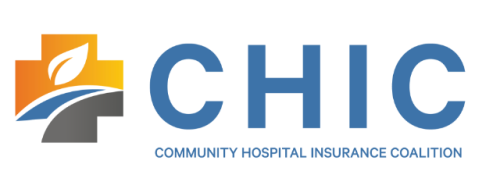In this Issue
Court Reinstates ACA’s Preventive Care Mandate
The 5th U.S. Circuit Court of Appeals has issued a stay of enforcement of a lower court’s ruling in Braidwood Management Inc. v. Beccara. In Braidwood, the lower court vacated a keyportion of the Affordable Care Act’s (ACA) preventive care coverage requirement.
The ACA requires most health plans and health insurance issuers to cover a set of preventive services without imposing cost-sharing requirements when the services are provided by in-network providers. Among these are evidence-based items or services that have, in effect, a rating of A or B in the current recommendations of the U.S. Preventive Services Task Force (USPSTF).
In Braidwood, the lower court ruled that preventive care coverage requirements based on an A or B rating by the USPSTF on or after March 23, 2010, violate the U.S. Constitution. The court also ruled that the specific coverage requirement for preexposure prophylaxis (PrEP) drugs used by individuals with a higher risk of getting HIV violates the Religious Freedom Restoration Act.
This ruling could impact health plan coverage for a variety of preventive care services, such as certain cancer screenings, medications to prevent heart disease and lower the risk of breast cancer, and HIV PrEP drugs.
It is uncertain whether the 5th Circuit will uphold or reverse the lower court’s ruling in Braidwood. However, the enforcement stay will remain in effect until the 5th Circuit issues its ruling. This means that, for now, non-grandfathered health plans and issuers should continue to cover, without cost sharing, the full range of preventive care services required by the ACA, including items or services that have an A or B recommendation by the USPSTF.
PCORI Fees Are Due by July 31, 2023
The ACA requires employers with self-funded health plans and health insurance issuers to pay Patient-Centered Outcomes Research Institute fees (PCORI fees). The fees are reported and paid annually using IRS Form 720, the Quarterly Federal Excise Tax Return.
Form 720 and full payment of the PCORI fees are due by July 31 of each year, and generally covers plan years that end during the preceding calendar year. For plan years ending in 2022, the PCORI fees are due by July 31, 2023.
In general, the PCORI fees are assessed, collected and enforced similarly to taxes. The PCORI fee amount is based on the average number of individuals covered under the plan.
Final rules from the IRS require employers with self-funded health plans to use one of three alternative methods to determine the average number of individuals covered under the plan for a plan year: the actual count method, the snapshot method or the Form 5500 method. That number is then multiplied by the applicable rate for that tax year ($2.79 for plan years ending on or after Oct. 1, 2021, and before Oct. 1, 2022, or $3.00 for plan years ending on or after Oct. 1, 2022, and before Oct. 1, 2023).
The IRS provides helpful resources regarding PCORI fees, including a chart on how the fees apply to specific types of health coverage or arrangements.
The information provided in this alert is not, is not intended to be, and shall not be construed to be, either the provision of legal advice or an offer to provide legal services, nor does it necessarily reflect the opinions of the HealthSure, our lawyers or our clients. This is not legal advice. No client-lawyer relationship between you and our lawyers is or may be created by your use of this information. Rather, the content is intended as a general overview of the subject matter covered. HealthSure is not obligated to provide updates on the information presented herein. Those reading this alert are encouraged to seek direct counsel on legal questions.
©2023 Zywave, Inc. All rights reserved.

